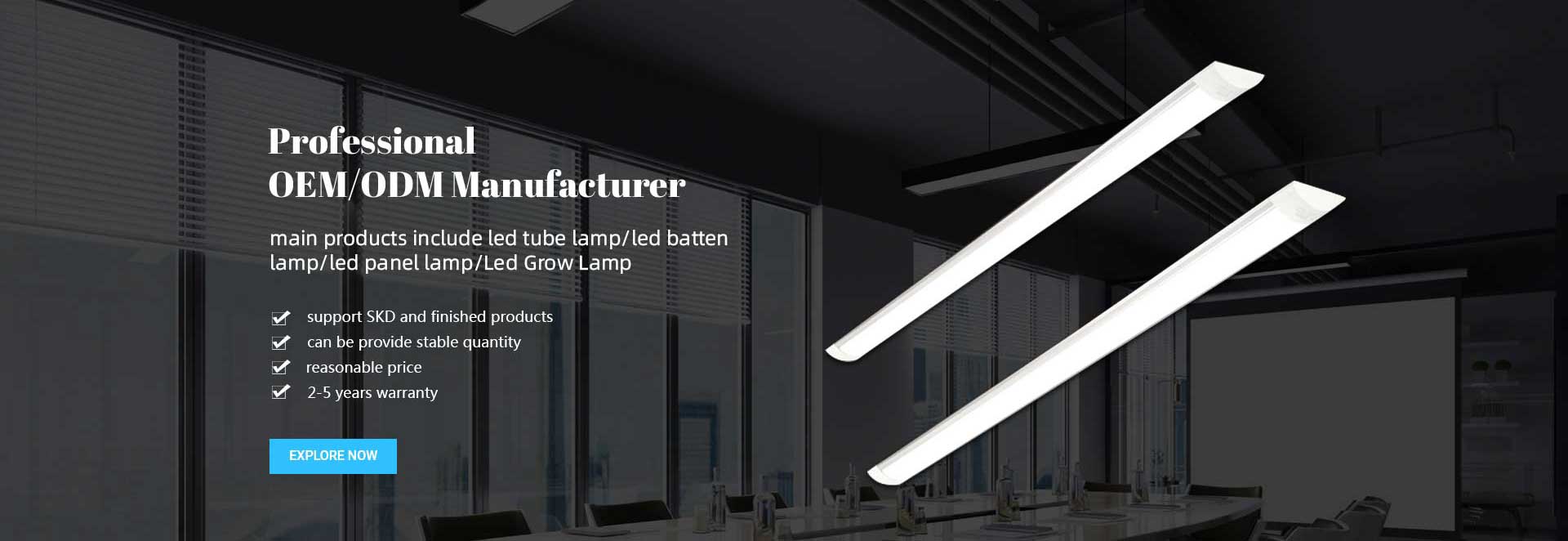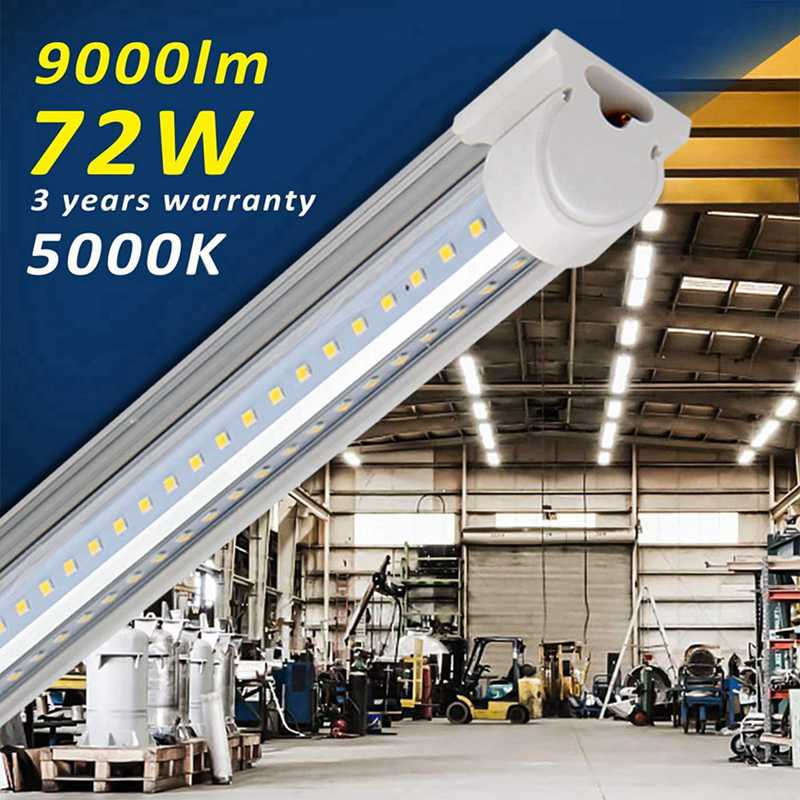
LEDs, or Light Emitting Diodes, offer a number of advantages over traditional lighting options such as incandescent or fluorescent bulbs. However, there are also a few disadvantages that should be considered. Here are some of the drawbacks of LED lighting:
1. High initial cost: LED lights tend to be more expensive upfront compared to traditional bulbs. While the prices have decreased over the years, LEDs still have a higher initial cost. However, it's important to note that LEDs are more energy-efficient and have a longer lifespan, which can help offset the initial investment.
2. Limited color range: While LED lights are available in a range of colors, traditional incandescent bulbs offer a broader spectrum of color options. This limitation in color range may not be ideal for those who require specific colors for certain applications or lighting effects.

3. Heat sensitivity: Although LEDs are more energy-efficient than traditional bulbs, they are still sensitive to heat. LED lights generate heat, and excessive heat can degrade the performance and lifespan of the diodes. Therefore, proper heat management is necessary to ensure optimal performance and prevent premature failure of the LEDs.
4. Dimming challenges: While LEDs can be dimmed, there can be some challenges when it comes to compatibility with existing dimmer switches. Not all LED bulbs are compatible with traditional dimmers, and using the wrong dimmer can result in flickering or inconsistent dimming. It is crucial to select dimmable LEDs and ensure compatibility with the existing dimmer switches.
5. Blue light concerns: LEDs emit a higher concentration of blue light compared to other light sources, which can contribute to eyestrain and disrupt sleep patterns. Excessive exposure to blue light at night can interfere with the circadian rhythm and melatonin production. However, many LED manufacturers are now producing bulbs with reduced blue light emissions or offering color temperature options that mimic warmer, more natural light.
6. Environmental impact: While LEDs are more energy-efficient and have a longer lifespan compared to traditional bulbs, the manufacturing process can have environmental implications. The production of LEDs involves the use of certain materials and chemicals that can be harmful to the environment if not properly managed. Proper disposal methods should be followed to minimize the environmental impact.
7. Efficiency variance: While LEDs are generally more energy-efficient, there can be variability in efficiency between different brands and models. It is important to research and choose reputable manufacturers to ensure you are getting LEDs with high efficiency ratings.
Although LEDs have some disadvantages, their advantages, such as energy efficiency, long lifespan, and durability, make them a popular choice for various applications. It is important to consider both the pros and cons when choosing lighting options to ensure they best meet your needs.
Previous: Why do LED tubes fail?